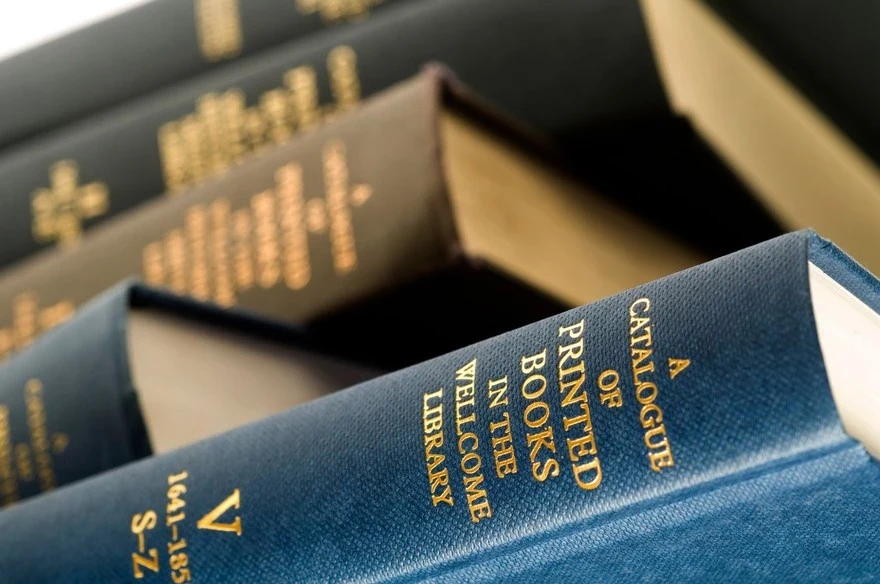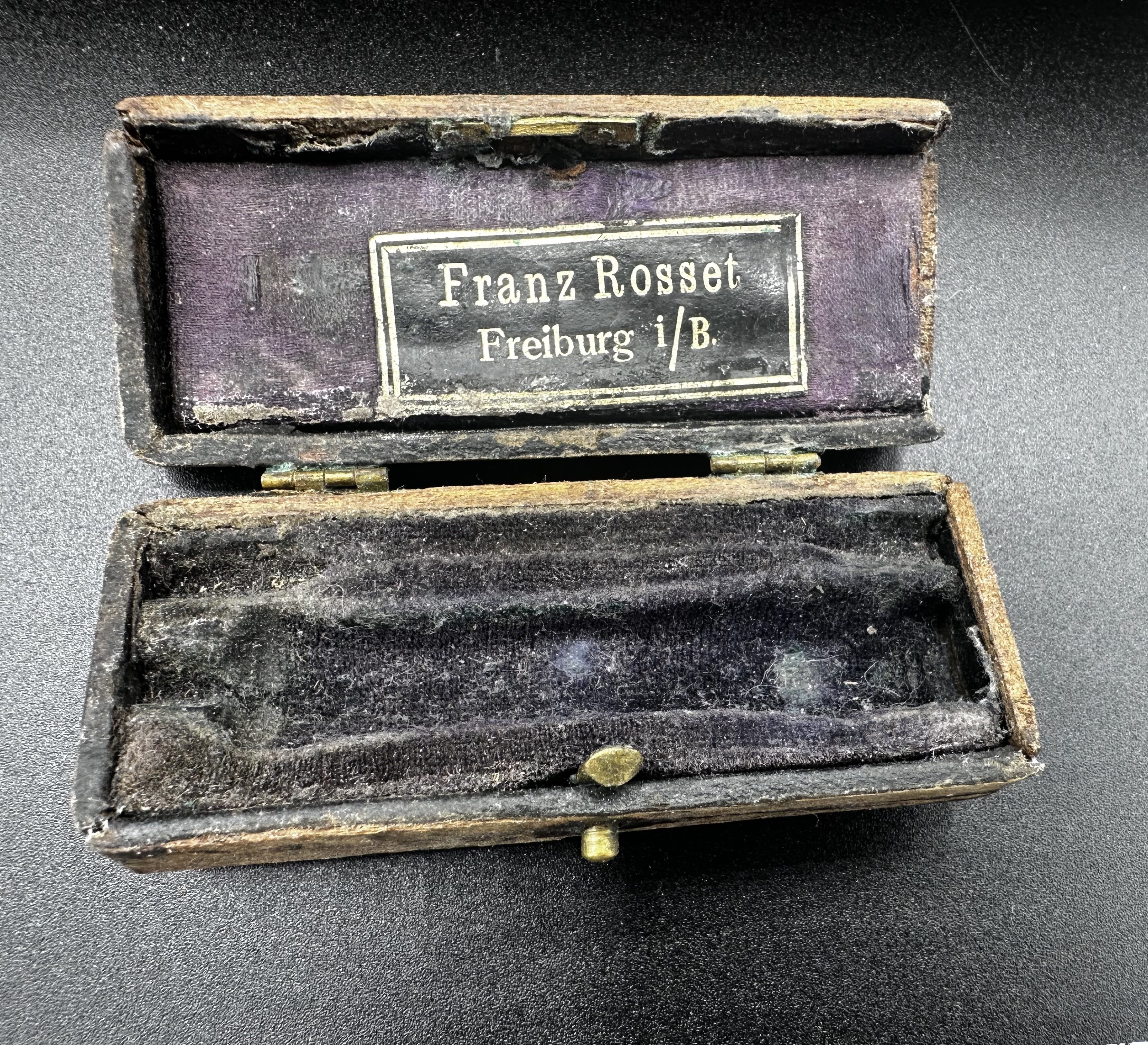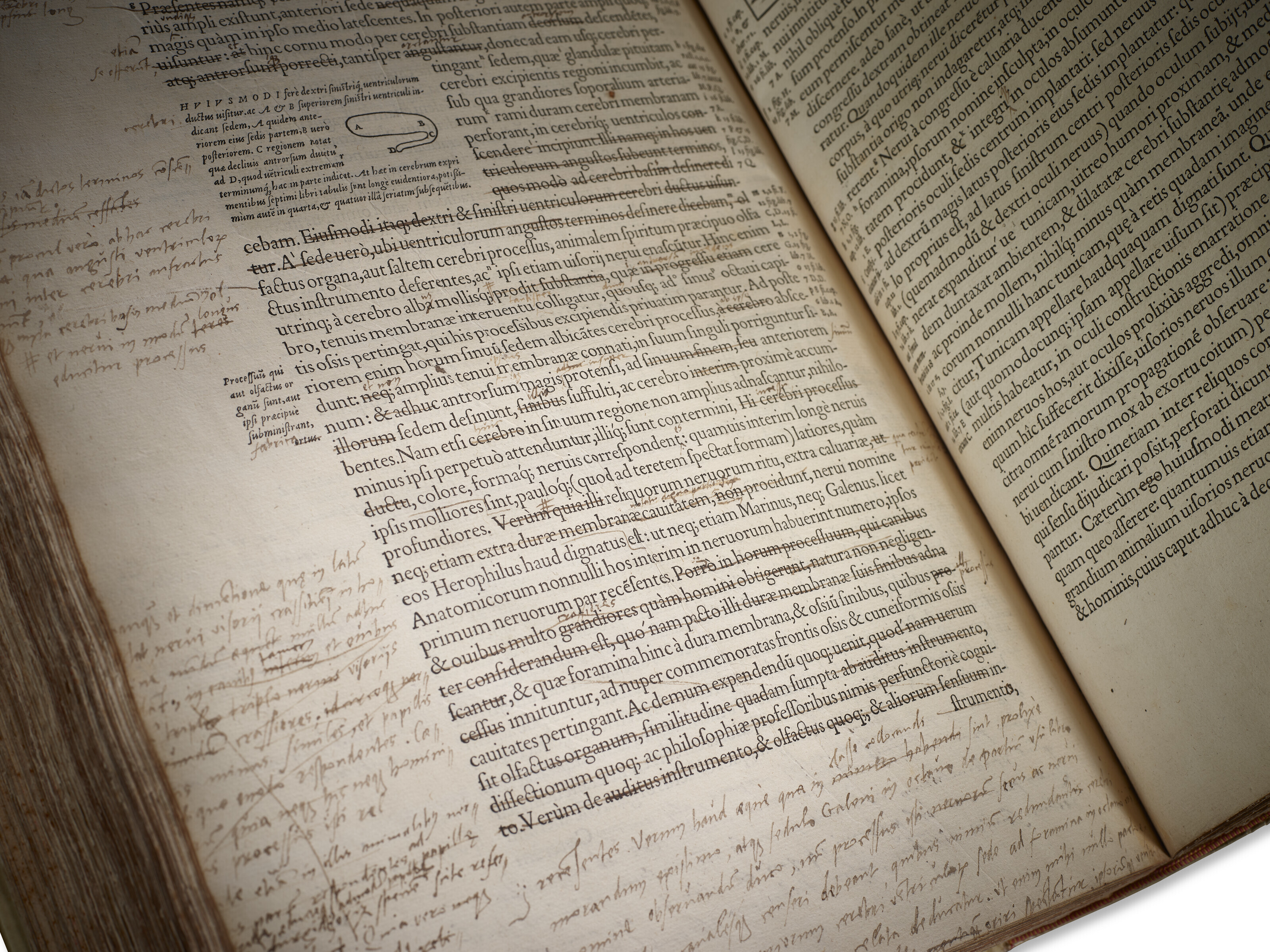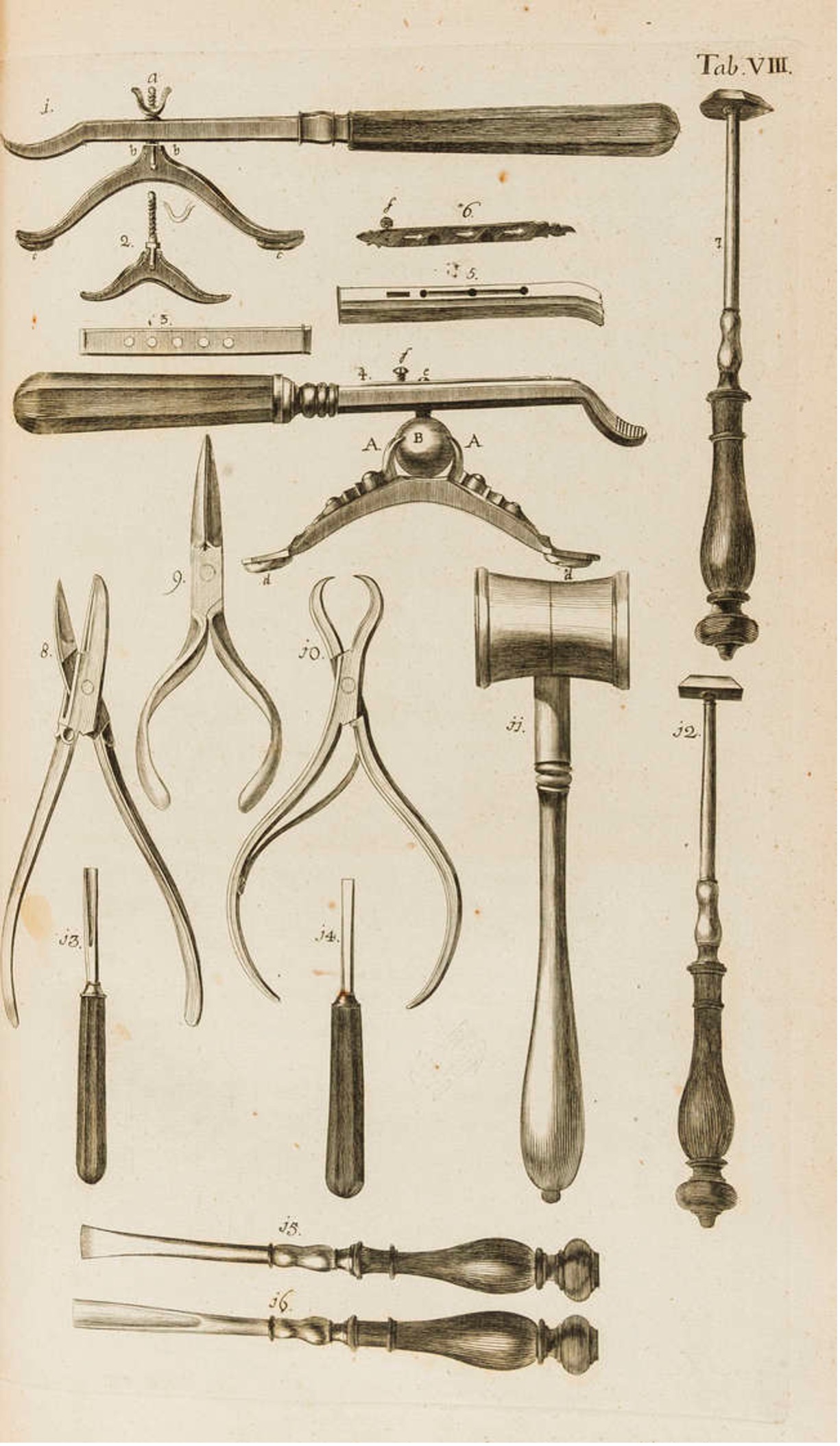Important Catalogs of Historical Medical Books

Important Catalogs of Historical Medical Books
To find the right path in the ocean of historical books, we can turn to some catalogs of the most important examples of historical literature in medicine. Here is the list of the most respected for their thoroughness and historical value are seminal resources for researchers looking for rare and important medical books of the past. References to their records are often found in the reference departments of university libraries and specialized institutions and are often cited by booksellers of scientific and antiquarian books. Here are brief details about each:
A catalog of printed books in the Wellcome Historical Medical Library. A comprehensive catalog (5 Volumes) of the books held by the Wellcome Historical Medical Library. All five volumes are devided chronologically. The link to digitalized copies of the Wellcome catalog of printed books and some additional souces: Online search in the Wellcome Collection (offical web-site). A list of over 177.000 digitalized books at the Wellcome Historical Medical Library (at the Iternet Archive web-site). The illistrations here and above are credited to: A catalogue of printed books in the Wellcome Historical Medical Library / with a foreword by Sir Henry Hallett Dale. Source: Wellcome Collection.
Garrison-Morton's Medical Bibliography (Morton's Medical Bibliography): An annotated checklist of texts significant in the history of medicine published in 1907. The linke to the PDF-file of the Garrison-Morton's Medical Bibliography hosted at the Internet Archive.
Hirsch's Biographisches Lexikon der hervorragenden Ärzte (Bibliography Dictionary of the outstanding Physicians): A biographical lexicon of notable physicians, often including references to their key works, Wien und Leipzig, Urban & Schwarzenberg, 1884. The linke to the PDF-file of the Hirsch's Biographisches Lexikon hosted at the Internet Archive.
Osler's Bibliotheca Osleriana: A catalog of Sir William Osler's extensive collection of historical medical books, which he bequeathed to McGill University. Osler, William, Sir (1849-1919); McGill-Queen's University Press 1987. The linke to the PDF-file of the Bibliotheca Osleriana hosted at the Internet Archive.
Heirs of Hippocrates: Published by the University of Iowa, this catalog details historical medical books held in their Hardin Library for the Health Sciences. Heirs of Hippocrates
The Bibliotheca Walleriana: A catalog of the Waller Collection of the History of Medicine and Science, held at the Uppsala University Library. No free Links to digitalized Catalog of the Biblioteca Walleriana was founded. If you know one, please contact EuroMedSim Museum (contact form is in the bottom of the page).
The Cushing Catalogue: Details the collection of Harvey Cushing, a pioneer of neurosurgery, housed at Yale University. No free Links to digitalized Catalog of the Cushing Catalogue was founded. If you know one, please contact EuroMedSim Museum (contact form is in the bottom of the page).
Catalogue of the History of Medicine Collection in the National Library of Medicine: This catalogs the historical collections of the world's largest medical library. The Link to the collection: https://www.nlm.nih.gov/hmd/collections/index.html
The above catalogs are of great help and are used as reference tools by historians of medicine, medical librarians, researchers, collectionaires or bookininst for research, collection development or rare book sales.


